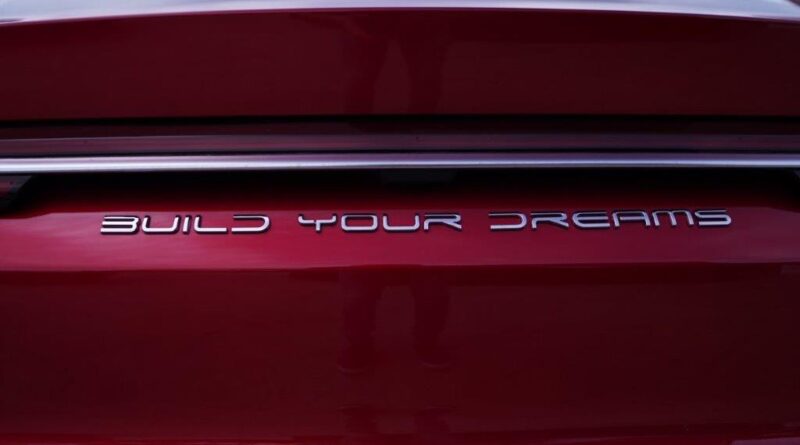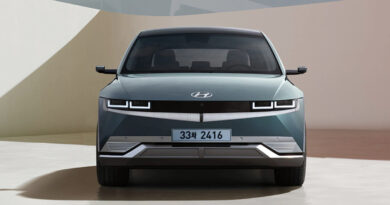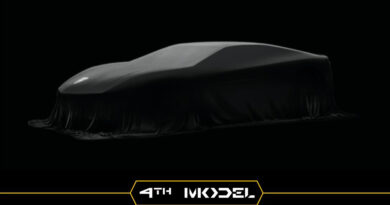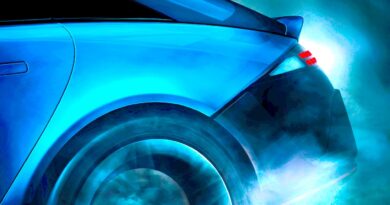From SUVs to sports sedans: full details of the BYD range
SUVs and small cars will be at the forefront of a planned product onslaught by bolshy Chinese car maker BYD.
And all will have an EV range in excess of 500 kilometres, according to importer Nexport.
In announcing it would begin delivering a family of electric cars to Australia from 2022, the managing director of Nexport, Luke Todd, gave EV Central a glimpse into the models that would shape the Chinese brand that has a significant investment from American billionaire Warren Buffett.
Todd says the model lineup for Australia will be made up of next generation BYDs that have not yet been revealed, including SUVs and a sports sedan.
The first BYD – or Build Your Dreams – to be sold in Australia will be a yet-to-be-revealed SUV described as “mid-to-compact” in size.
“Shanghai motor show is on April 21st, the model that we’ll be releasing will be released at that show,” says Todd.
“We’ll be taking pre-sales around the middle of the year and having a left-hand drive available … for people to touch and feel … then deliveries early 2022.”
Todd won’t be drawn on the price, except to say it will match the price of existing petrol-powered rivals, which will include a range of SUVs including the Kia Seltos, Nissan Qashqai and Mazda CX-30 as well as the Toyota RAV4, Mazda CX-5 and Subaru Forester.
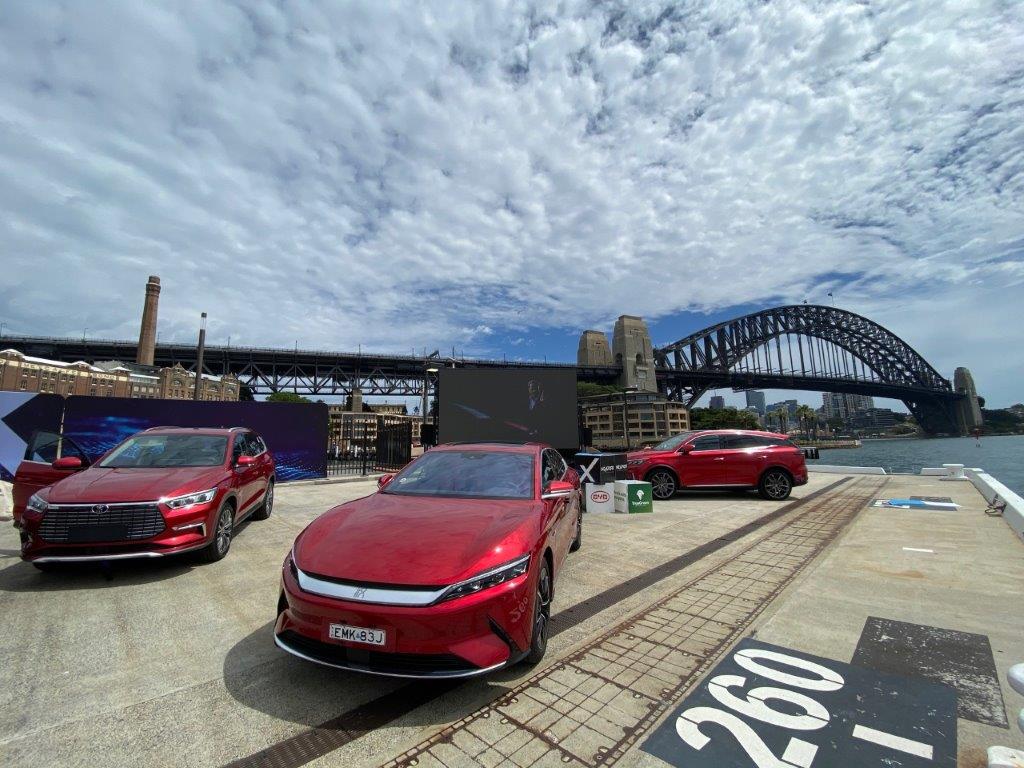
While it’s likely to compete with more expensive versions of those, it should still be less than $40,000, in the process undercutting the MG ZS EV that is currently the most affordable electric car on the market.
Todd wouldn’t be drawn on pricing except to say there would be “price parity” with petrol alternatives but that it would be “better equipped” than rivals.
“It’s not a cut price model,” he said. “We’re going to be selling high quality cars at the same price [as petrol rivals] but we’re going to be selling high quality cars at a very competitive price.”
Either way, Todd is convinced BYD will top the EV sales charts in Australia in its first year in the market.
Key to keeping the pricing on BYDs down is a lack of traditional dealerships.
“We’ll be skipping the dealership model altogether,” says Todd. “That allows us in some cases to be 30 percent more cost slim than a dealer network.”
Todd describes the family SUV EV as a “game changer for the whole car industry”.
“Because of its price point its features, its range … not one we sell will be under 500 kilometers range, and it will be at a price point that is very accessible to mums and dads.”
Todd also says the finishes and materials are more akin to those used in luxury brands rather than those from mainstream manufaturers.
Stepping away from the volume selling side and more onto the image part of the equation, Todd says the second vehicle will be a sports sedan that sounds like it should take the fight to everything from the Kia Stinger to the BMW 3-Series and Tesla Model 3.
“The second vehicle that we’ll be bringing to market will be a luxury sports sedan,” he says. Then we have roughly five to six vehicles that we looked at between now and 2023.”
Contrary to expectations, that sports sedan will not be the Han, one example of which Nexport has imported into Australia.
“We will not be releasing that product. Because the next sports design is far better.”
Beyond that BYD will concentrate on vehicle segments that have the most volume potential.
“We’ll be covering the full sector,” says Todd.
“We’ll end up with a small car, we’ll end up with sports sedan, we’ll end up with a mid-to-compact SUV, we’ll end up with an SUV mid-to-large, and then we’ll end up with a luxury vehicle as well.”
Those cars won’t be sold through traditional dealerships, something Todd says allows the brand to offer sharper prices while still providing service and after-sales support with come-to-you roving vans.
As for the warranty, Todd confirms “it’ll be more than a five year warranty”, likely close to the seven-year coverage offered by market leaders such as Kia and MG.
The BYD family and their potential rivals:
- Mid-to-compact SUV Mazda CX-30, Toyota RAV4, Kia Seltos, Nissan Qashqai
- Sports sedan Kia Stinger, BMW 3-Series, Tesla Model 3
- Small car Mazda3, Toyota Corolla, Hyundai i30
- Mid-to-large SUV Hyundai Santa Fe, Kia Sorento, Mazda CX-8
- Luxury vehicle Tesla Model 3, Mercedes-Benz EQE, Audi e-Tron
- Ute (2025 or later) Toyota Hilux, Ford Ranger

